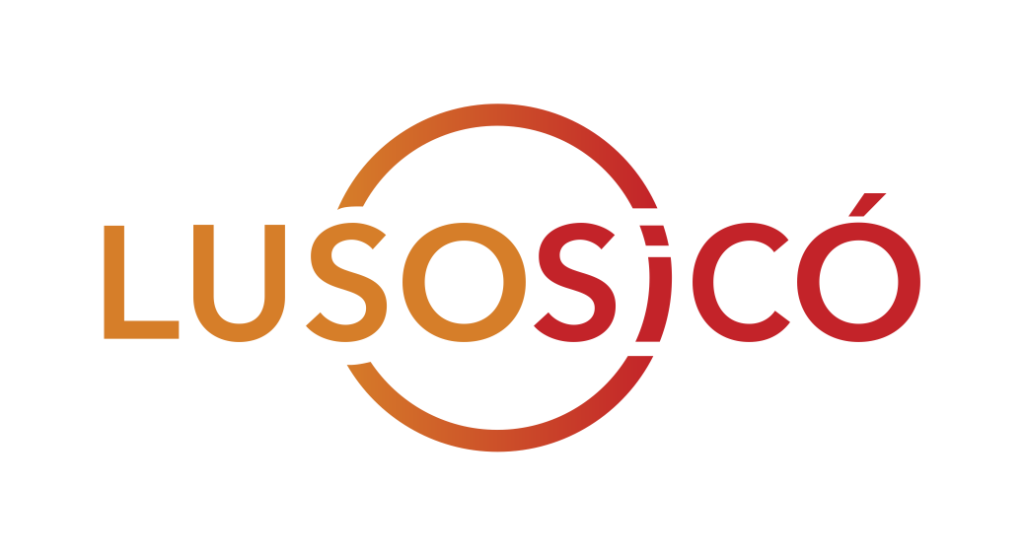Involve your Board, Executive directors, staff members, and even volunteers during the budgeting process. This will not only help create a more accurate and comprehensive budget but also ensures buy-in from key stakeholders. If you don’t know what your goals are, your budget plan will fail to reflect them, and you might end up overspending on programs that don’t further the core purpose of your mission.
Nonprofit Program-Based Budget Template
Capital fundraising via capital campaigns can help you secure the funds for these projects. It typically requires getting income from multiple sources for nonprofits to thrive. The budget lists all of those sources and provides an indication of the amounts the board can expect to come in from each source. Funds raised may come from ticket sales, membership fees, proceeds of auctions, galas, sales of goods or services, or other fundraising activities. This is where your budget becomes an effective management and operations tool.
How to create a nonprofit budget template
After you calculate your financial statements, pull insights and share them with your staff, volunteers, and board. This will increase engagement within your organization and allow your team to better understand your nonprofit’s financial health. Next, turn to the revenue side of your budget to figure out exactly how and when you’ll raise the funds you need to cover all the costs you outlined. Budgeting your revenue based on its source allows you to make the most accurate projections.
Sample budget for nonprofit organizations
Relay is an online business banking and money management platform that offers no-fee business checking and savings accounts. We’ve already talked about managing your budget with Relay, but we know nonprofit financial management doesn’t stop there. Knowing what you want to accomplish and how much money is available, you can now create your expense budget. Before you can develop an accurate budget, you’ll need to gain a clear understanding of the nonprofit’s financial situation.
Keep your goals and objectives in mind when allocating resources, ensuring that they are aligned with your mission and priorities. Are you looking to expand a program, hire additional staff, or purchase new technology? Once the budget has been created, it is important to monitor actual expenses and income on a regular basis. This will allow you to make adjustments as needed to ensure that the organization remains on track to meet its financial goals.
If you use accounting software to for your budget, there is the benefit of those budget to actual reports we discussed earlier. This is a standard accounting report that shows how much was budgeted year to date compared to how much has actually been spent. This can be done by reviewing past financial performance and trends, as well as by considering https://nerdbot.com/2025/06/10/the-key-benefits-of-accounting-services-for-nonprofit-organizations/ any changes that may be coming up in the organization’s operations.
Reaching out and forming new connections takes a great deal of effort. The better relationships you build early on, the easier things will be in coming years. Throughout the year, you’ll be able to track which avenues are working best for you. 3 Please note that funds relating to Currencycloud’s services are not FDIC insured or protected by the Visa Zero liability protection policy. In regards to Currencycloud’s services when funds are posted to your account, e-money is issued in exchange for these funds, by an Electronic Money Institution who we work with, called Currencycloud. In line with regulatory requirements, Currencycloud safeguards your funds.
- You can also create graphs that display your financial data over time.
- This will require examining your past budgets, current assets and liabilities, cash flow, and fundraising performance.
- Setting out a process will help you develop more accurate budgets that reflect the priorities of your organization and keep you on track.
- Some prefer to lead their own budgeting process, while others want hands-on support.
- As we look towards 2025, nonprofits face a unique set of challenges and opportunities.
Another method for tracking your budget is to track and project cash flow for the year. The best way to do this is to track cash inflow–revenues and donations–and cash outflow–expenses. This helps you better understand when you have revenue coming in and expenses going out, on a monthly and yearly basis. Regular nonprofit budgets should be split between expenses and revenues, with expenses split between program, and general and administrative 5 Main Benefits of Accounting Services for Nonprofit Organizations expenses. Creating a budget, planning finances for the future, and analyzing financial data will set you apart early on as an organization to funders and partners, and make daily and strategic planning easier.
Financial oversight tips for volunteer boards
Besides the different types of budgets, there are also fundamental approaches to strategic budgeting. Regular budget reviews on a quarterly or yearly basis are essential to see if you’re hitting your expected benchmarks in both revenue and expenses. You may be wondering exactly what line items to include in your nonprofit’s first budget. When reviewing your financial reports, be sure to view them in light of your cash flow and expense reports. As long as your organization complies with the eligibility requirements, the grant renews monthly.
